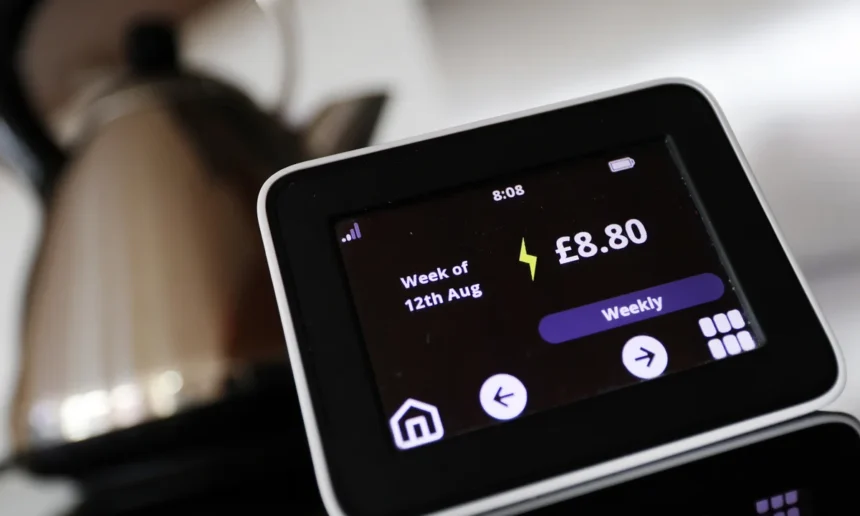UK families are being urged to review their energy bills as proposals to cut or scrap daily standing charges gain momentum. With the Treasury and Ofgem exploring reforms ahead of the winter, millions of households could soon see changes in how their bills are structured — but experts warn the only way to save now is through a proactive compare energy prices check.
Standing charges under pressure
Standing charges are the fixed daily costs added to every electricity and gas bill, regardless of how much energy a home actually uses. They cover network maintenance and other supplier costs. For many families, these fees now total more than £300 a year before a single unit of energy is consumed.
- Average electricity standing charge (from 1 Oct 2025): £196 per year
- Average gas standing charge (from 1 Oct 2025): £124 per year
These costs hit low-income and low-use households hardest. Whether a home uses 2,000kWh or 10,000kWh annually, the standing charge remains the same. Consumer campaigners have called the current model “regressive” and urged reform.
Ofgem review and Treasury options
The regulator Ofgem has been reviewing standing charges since 2023. Proposals include requiring suppliers to offer tariffs with reduced or zero standing charges by early 2026. Recent reports suggest the Treasury is now considering accelerating these plans in the Autumn Budget.
Officials are weighing whether to:
- Introduce a mandatory “low or no standing charge” option across suppliers.
- Shift costs into unit rates so households pay more proportionally to usage.
- Fund targeted relief for vulnerable consumers via a debt support scheme.
Any reform is likely to create winners and losers. High-consumption households could face higher per-unit costs, while those who use less energy — often the most vulnerable — would benefit.
Pressure from rising debts
The backdrop is a record £4.4bn in household energy debt across England, Wales, and Scotland, according to Ofgem’s latest figures. More than one million homes have no repayment plan in place. With energy bills still well above pre-crisis levels, reducing fixed charges is seen as one way to ease the burden.
Energy experts stress that government policy moves slowly. Even if reforms are announced in November, households won’t see changes reflected until 2026. In the meantime, the most effective tool is a regular energy price comparison to find suppliers offering lower tariffs today.
What households can do now
While standing charges dominate the headlines, the biggest savings available right now still come from switching. Tariff differences between suppliers remain significant, with regional variations adding further complexity.
- Some providers already structure tariffs with lower fixed costs.
- Others offer competitive fixed-rate dual fuel deals that can beat the October price cap.
- Regional unit rates vary, meaning one household could pay £100s more per year than a neighbour simply by not switching.
Free online tools allow households to carry out a compare electricity prices check in minutes, highlighting the cheapest available tariffs for their postcode.
Risk of waiting
Analysts warn that waiting for reforms may prove costly. Wholesale gas prices remain 75% above pre-2021 levels, and forecasts point to renewed volatility this winter. Locking into a competitive tariff now could save more over the next year than any future policy change.
For families already in arrears, debt relief proposals may offer hope, but these will not cancel out future bills. Proactive action — switching to the cheapest tariff available — remains the only guaranteed way to cut costs today.
Calls for fairness
Campaigners argue that the debate over standing charges highlights a wider issue: fairness in the energy market. Should households with the lowest usage, often pensioners or people in small homes, subsidise heavier users through fixed charges? Or should bills more closely reflect consumption?
The Treasury’s review is expected to run alongside wider discussions on VAT cuts and support for vulnerable groups. But until measures are finalised, the responsibility falls on households to ensure they are not overpaying.
Key takeaway
UK households face a challenging winter, with debt levels rising and policy reforms still months away. By using tools to compare energy prices, running an energy price comparison check, and regularly reviewing tariffs such as those highlighted under compare electricity prices, families can take back control of their bills today — rather than waiting for government promises tomorrow.









